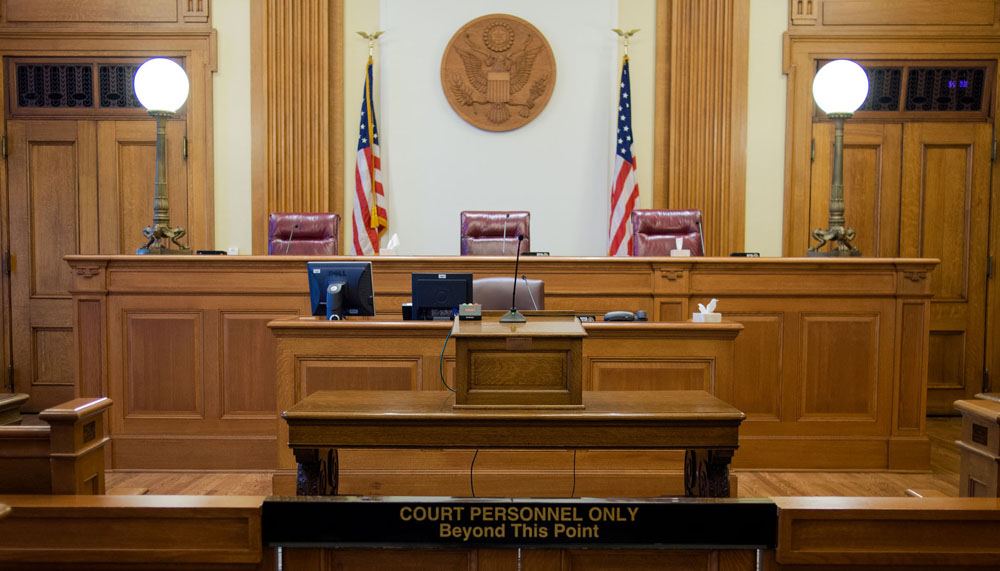The latest figures show that the number of cases pending in immigration court continue to grow. According to the Transactional Records Access Clearinghouse (TRAC), there were 496,704 cases in the backlog as of the end of March. This is almost 40,000 more pending cases than Executive Office of Immigration Review (EOIR) Director Juan Osuna reported to Congress at the end of Fiscal Year (FY) 2015.
Unfortunately, over the last dozen years prior to FY 2015, EOIR’s budget greatly lagged behind enforcement budgets that were growing by leaps and bounds. The impact of the increase in enforcement funding is well-documented. Notably, from 2003-2015 the budgets for Immigration and Customs Enforcement (ICE) and Customs and Border Protection (CBP) have increased by 105 percent while funding for the immigration courts have increased 74 percent during the same period.
EOIR’s has gained additional funding in the past two years to hire more immigration judges and attempt to address the growing backlogs. Their funding now provides for a total of 374 immigration judges however, they currently employ 273 despite a recent rush in hiring 34 judges since February 2016. According to Human Rights First (HRF) in order to eliminate the backlog by FY 2023, an additional 150 immigration judges would need to be hired on top of the 374 currently funded, for a total of 524 immigration judges. HRF also notes that without additional immigration judges the immigration court backlog could reach 1 million cases by FY 2022.
The lengthy backlogs and processing times have consequences for those seeking asylum. Currently, cases of unaccompanied children and “women with children” make up 29 percent or 74, 502 of the cases in the current backlog. Many of them have already experienced trauma and violence, and are subjected to further suffering in the form of detention and ankle shackles while their case is processed. Others remain detained during their hearings, including families and children fleeing persecution. Some detainees with valid claims simply give up.
The increase in court resources and judges is a long overdue and a welcome development, though more help is still needed. Hopefully as these judges start taking on significant caseloads the backlog will start to decrease. When Congress returns in September they will have a chance to further increase EOIRs budget for Fiscal Year 2017 which begins on October 1, 2016.
Photo by Karen Neoh.
FILED UNDER: Executive Office of Immigration Review, featured, Transactional Records Access Clearinghouse, unaccompanied children


